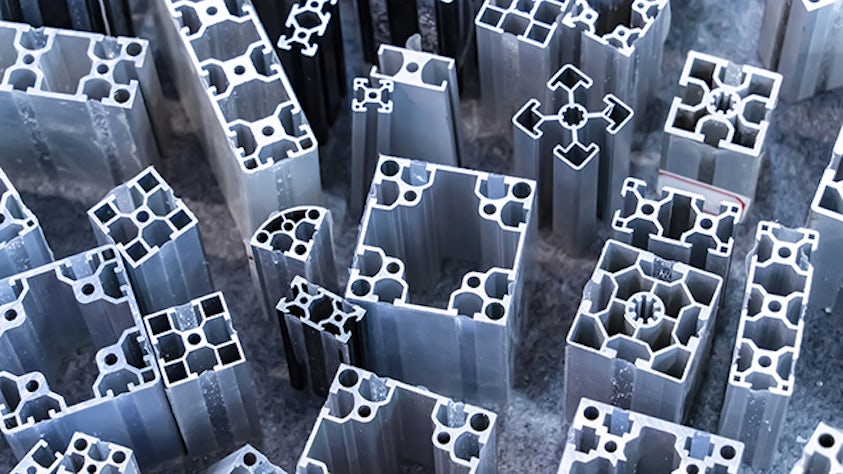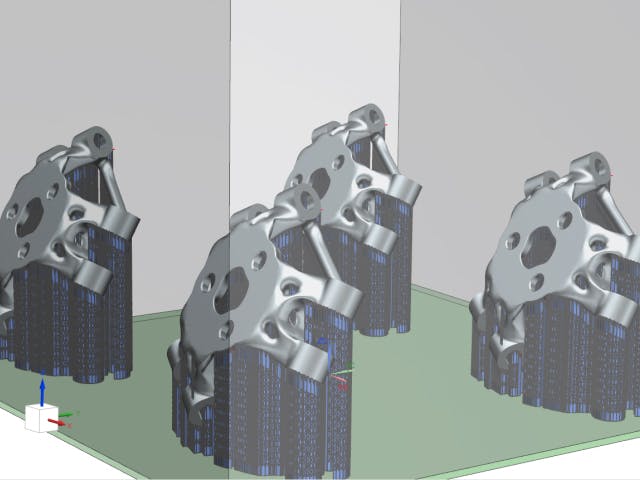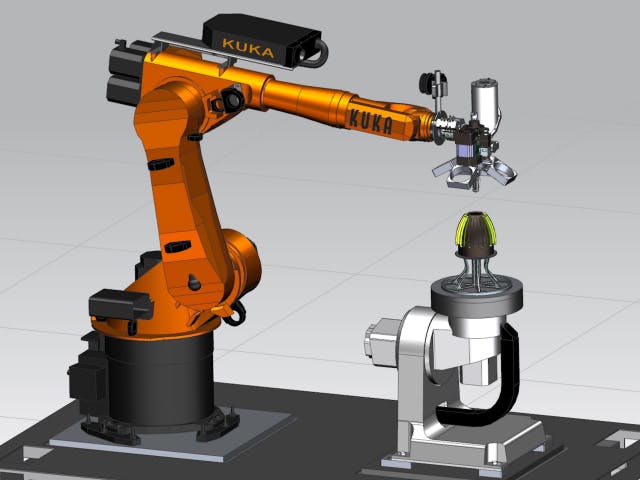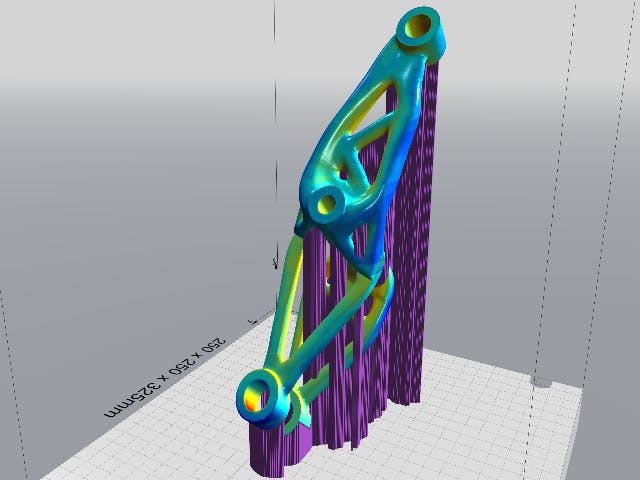Material extrusion is an additive manufacturing (AM) methodology. A spool of material (usually thermoplastic polymer) is pushed through a heated nozzle in a continuous stream and selectively deposited layer by layer to build a 3D object. Fused filament fabrication (FFF) and fused deposition modeling (FDM) are two examples of material extrusion technology.
Material extrusion is typically not as fast or accurate as other types of additive manufacturing. However, material extrusion technology and compatible raw materials, like nylon and ABS plastic, are widespread and inexpensive. So much so that material extrusion is the most popular process for hobbyist-grade 3D printing at home. In manufacturing and industrial settings, material extrusion is commonly used for producing non-functional prototypes, temporary replacement parts for machinery, or cost-effective rapid prototyping for multiple iterations of the same object.
Material extrusion also has the benefit of being scalable. It can be used for small parts 20cm or less, but also for very large parts where dimensions expand to multiple meters. This means that material extrusion can be utilized for printing parts that fit in your hand up to vehicle-sized parts, and this scalability characteristic is being utilized in many industries to use the same technology for printing an extensive range of parts.
Related products: NX AM Fixed Plane | NX AM Multi-Axis | NX AM Build Optimizer



